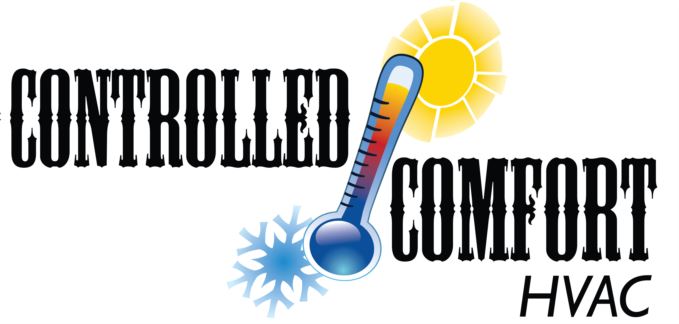
You shouldn’t need to compromise on comfort or spend a lot to keep your house at a refreshing temperature during the summer.
But what is the best setting, exactly? We review advice from energy specialists so you can find the best temperature for your family.
Here’s what we advise for the most energy-efficient setting for air conditioning in Carpentersville.
Recommended Thermostat Settings for Summer
Most households find setting the thermostat at 72-73 degrees is most comfortable. However, if there’s a big difference between your interior and outdoor temperatures, your electrical expenses will be bigger.
These are our suggestions based on the U.S. Department of Energy (DOE) and ENERGY STAR®.
While at home: 78 degrees. While that seems warm, there are methods you can keep your home cool without having the air conditioning going all the time.
Keeping windows and blinds shut during the day keeps chilled air where it needs to be—within your home. Some window coverings, including honeycomb shades or plantation shutters, are created to offer added insulation and better energy savings.
If you have ceiling fans in your house, the DOE says you can increase thermostat settings about 4 degrees warmer without giving up comfort. That’s since they refresh through a windchill effect. As they cool people, not areas, shut them off when you exit a room.
If 78 degrees still feels too hot initially, try running an experiment for about a week. Get started by raising your thermostat to 78 degrees while you’re at your residence. Then, steadily turn it down while following the advice above. You may be surprised at how cool you feel at a hotter temperature setting.
While away: 88 degrees. There’s no reason to keep the AC going all day while your house is empty. Moving the temperature 7–10 degrees higher can save you an estimated 5–15% on your air conditioning costs, according to the DOE.
When you come home, don’t be tempted to switch your thermostat under 78 to cool your residence more quickly. This isn’t useful and usually leads to a more expensive electrical expense.
A programmable thermostat is a helpful method to keep your settings under control, but it requires setting programs. If you don’t set programs, you run the risk of forgetting to raise the set temperature when you leave.
If you want a hassle-free fix, think over getting a smart thermostat. This thermostat works with with your phone, so it is aware when you’re at home and when you’re gone. Then it instinctively modifies temperature settings for maximum savings. How much exactly? Usually $180 yearly on heating and cooling, according to ENERGY STAR.
Another perk of getting a smart thermostat? You can use your phone to keep an eye on and adjust temperature settings from nearly anywhere.
While sleeping: Around 70 degrees. While ENERGY STAR suggests 82 degrees, that might be unpleasant for many families. Many people sleep better when their bedroom is chilly, so that’s why the National Sleep Foundation suggests 60–67 degrees. But that might be too chilly, depending on your pajama and blanket preference.
We suggest trying an equivalent test over a week, setting your temperature higher and slowly lowering it to pinpoint the ideal temp for your residence. On cool nights, you might find keeping windows open at night and relying on a ceiling fan is a better option than running the air conditioning.
More Ways to Use Less Energy During Hot Weather
There are additional methods you can spend less money on cooling bills throughout the summer.
- Buy an energy-efficient air conditioning system. Central air conditioners only last about 12–15 years and become less efficient as they become older. A new air conditioner can keep your residence cooler while keeping energy costs low.
- Set regular air conditioner maintenance. Regular air conditioner maintenance keeps your unit working like it should and might help it work at greater efficiency. It may also help lengthen its life cycle, since it enables techs to find small problems before they lead to a major meltdown.
- Switch air filters frequently. Read manufacturer instructions for replacing your air filter. A clogged filter can lead to your system short cycling, or run too much, and raise your energy.
- Measure attic insulation levels. Nearly 90% of homes in the USA don’t have adequate insulation, according to the Insulation Institute. Many southern climates require 13–14” of attic insulation, while northern climates should have 16–18”.
- Have your ductwork examined. Ductwork that has loosened over time can seep cool air into your attic, walls or crawl space. This can create huge comfort problems in your house, like hot and cold spots.
- Seal openings, doors and windows. Keep hot air where it should be by sealing openings. You can also caulk or weather strip doors to trap more cold air indoors.
Use Less Energy During Warm Weather with Controlled Comfort HVAC
If you are looking to conserve more energy during hot weather, our Controlled Comfort HVAC pros can provide assistance. Get in touch with us at 224-412-8308 or contact us online for additional info about our energy-saving cooling products.


